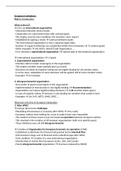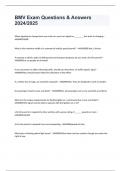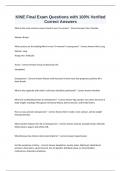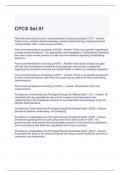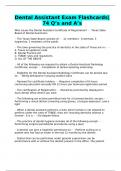Resumen
Summary European Institutions (2021/2022)
- Grado
- Institución
Complete summary of the part "European Institutions" of the course Multinationals and European Institutions (HBA24C). This course was taught by Professor A. Pauwels and A. Sels in 2021/2022. (BBA KU Leuven)
[Mostrar más]
